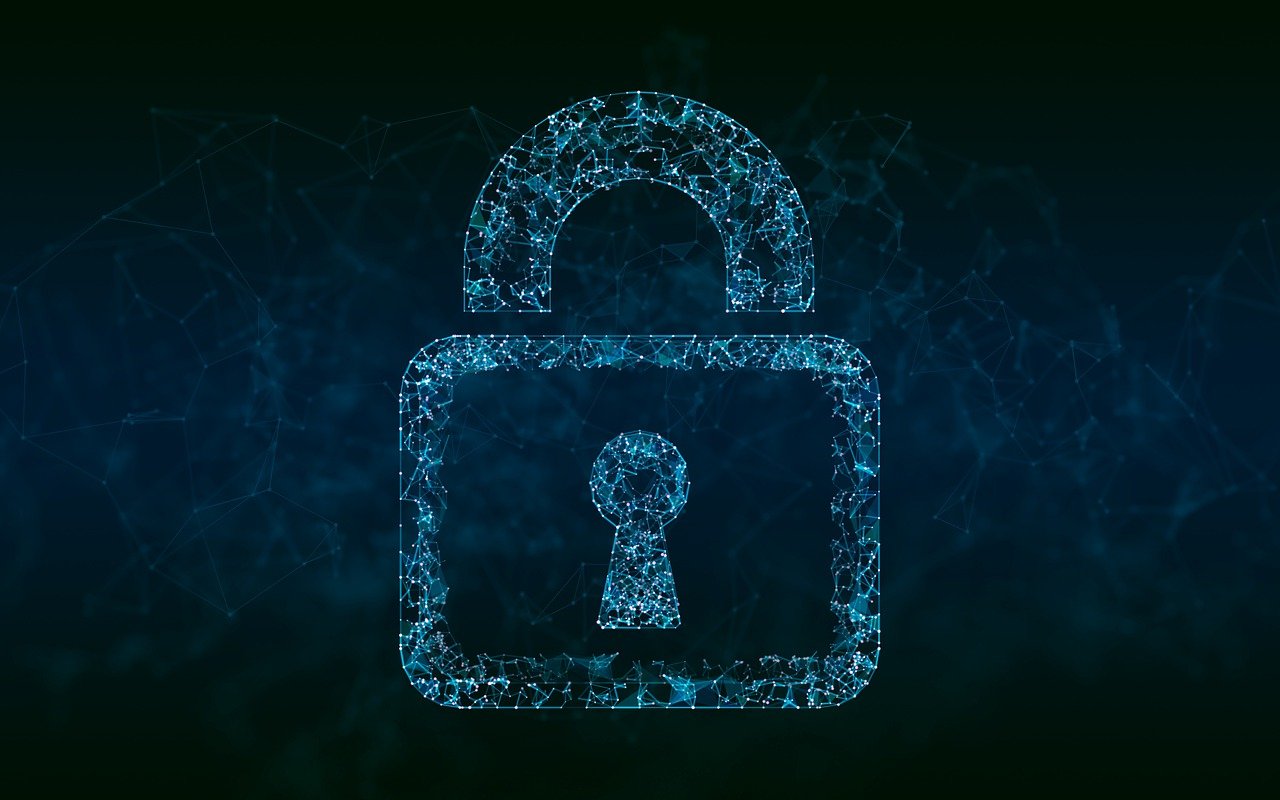· 5 min read
Resolving the "535-5.7.8 Username and Password Not Accepted" Email Error
Learn how to diagnose the errors; "535-5.7.8 Username and Password Not Accepted", "535 incorrect authentication data", and "535 authentication failed".

The “535-5.7.8 Username and Password Not Accepted” error is a common hurdle when using SMTP authentication for sending emails. Alongside similar issues like the “535 Incorrect Authentication Data” and “535 Authentication Failed,” these errors indicate authentication failures. This article provides a detailed guide to understanding and resolving these issues effectively.
Understanding 535 5.7.8 Errors
These errors share the “535” status code, signaling that the email server has not accepted the credentials provided during authentication attempts. This rejection can stem from a variety of reasons including incorrect usernames or passwords, mismatched server settings, or security measures in place.
Step-by-Step Solutions
1. Verify Credentials
Begin by verifying the accuracy of the login details:
- Username: Ensure you are using the correct email address as your username. Typically, this means inputting your full email address.
- Password: Double-check the password for accuracy, considering case sensitivity and ensuring no spaces are inadvertently added.
2. Email Client Configuration
Properly configure your email client’s settings to align with those of your email provider:
- SMTP Server Details: Check the SMTP server (IP) address and port number. Port 587 is commonly used with TLS, while port 465 is used for SSL.
- Authentication Method: This should be set to “Normal Password” or “Password” rather than “None.”
- SSL/TLS Requirements: Ensure SSL/TLS is enabled if required by your provider for secure transmission of emails.
3. Account Security Checks
Further steps may involve navigating the security settings aligned with your email provider:
- CAPTCHA/Identity Confirmation: Some providers require users to pass a CAPTCHA or verify their identity to unlock blocked login attempts.
- App Passwords: If your account uses two-factor authentication, an app-specific password may be necessary instead of your main email password.
4. Recognize Provider Policies
Awareness of your provider’s security settings can be pivotal:
- Access Permissions: Some email clients might be marked as less secure. For instance, under Gmail settings, you might need to enable access for less secure apps.
- Recovery Options: Ensure your recovery details (like phone numbers and alternate emails) are updated to facilitate account recovery and reset security locks.
5. Firewall and Security Software
Security applications on your device could potentially obstruct email access:
- Temporarily disable firewalls or antivirus settings to ascertain whether they are impeding SMTP connections. Re-enable them post-testing.
6. Provider Support
If none of the above resolves the issue, contacting your email provider’s support might be necessary. They can offer diagnostics or reset settings to restore function.
Overview of 535 Authentication Errors
The “535 Incorrect Authentication Data” and “535 Authentication Failed” are analogous errors related to false credential or configuration issues during SMTP authentication processes. These messages emphasize the necessity for correctly aligned credentials and setup.
Common Causes of 535 Errors
Errors like “535 Incorrect Authentication Data” and “535 Authentication Failed” could arise due to:
- Wrong Credentials: Ensure the email and password combination is correct.
- Mismatched Configurations: Verify server settings align with provider guidelines.
- Account Lockout: Numerous authentication fails may temporarily lock the account.
Steps to Resolve
Verify Account and Credentials
Update your email and password across all devices:
- Accuracy Check: Always verify credentials before reaching further solutions.
- Update Universally: Ensure all devices and applications reflect changes if credentials have been updated.
Review Client and Server Settings
Confirm that your email client settings are precise and match suggested configurations:
- Server Credentials: Ascertain that SMTP server addresses and ports are exact.
- Activation of Authentication: Confirm if SMTP authentication requirement is set.
Security Settings Considerations
Engage with security features or adjustments:
- Two-Factor Considerations: App-specific passwords may be needed in environments employing multi-factor authentication.
- Security Notifications: Respond to notices relating to suspicious account activity for quicker resolution.
Advanced Solutions and Prevention
Focus on detailed diagnostics and proactive measures to preempt authentication errors:
- Log Analysis: Analyze email client logs for detailed understanding and context.
- Network Configuration: Confirm DNS and proxy configurations, ensuring no interferences with SMTP.
- Continuous Security Attention: Regular updates and reviews of security settings help maintain optimal function.
Where Does the 535 5.7.8 Authentication Credentials Invalid Error Code Come From?
535 5.7.8 Authentication credentials invalid is officially defined in a nearly 20 year old document, RFC 4954, this is the governing standard upon which all email clients base their own 535 5.7.8 implementations. A 535 5.7.8 error code means that invalid or insufficient credentials caused the error, and that the client should then request that proper credentials are entered. Different clients (Google/Gmail, Microsoft 365, etc) tend to produce errors such as 535 5.7.8 “not accepted”, “rejected”, “failed to authenticate”, “failed”, yet they all mean the same thing, that the credentials were insufficient or incorrect for a given host/port.
Are All 535-5.7.8 Error Messages Equal?
Below is a compilation of error code messages pertaining to 535-5.7.8, as you can see, they are all very similar, and regardless of the exact format of the error message, they all mean the same thing, that the username and passwords are not enough or insufficent for a given host on a given port.
- SMTP username and password not accepted
- 535-5.7.8 username and password not accepted
- 535 5 7 8 username and password not accepted
- Gmail 535 5 7 8 username and password not accepted
- Failed to authenticate password error 535 5 7 8 username and password not accepted
- Error invalid login 535 5 7 8 username and password not accepted
- Username and password not accepted learn more at 535 5 7 8
- 5 7 8 username and password not accepted
- 535 5 7 8 username and password not accepted Gmail
- 535 5 7 8 username and password not accepted learn more at 535 5 7 8
- SMTP error password command failed 535 5 7 8 username and password not accepted
Please note, that there is no special meaning granted to the spaces, dashes (-), or dots (.) used between the numbers, and that, for example, 535-5.7.8 is equivalent to 535 5 7 8.
Conclusion
Resolving “535-5.7.8 Username and Password Not Accepted,” “535 Incorrect Authentication Data,” and “535 Authentication Failed” errors demands a meticulous examination of credentials, SMTP configurations, and security protocols aligned with email providers. By navigating these areas systematically, users can sustain reliable and error-free email functionality.

